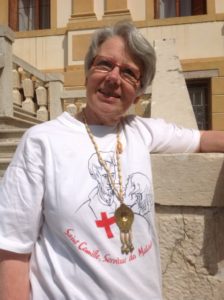 The programe ‘Go to the Heart of Faith’: we meet Marie-Christine Brocherieux
The programe ‘Go to the Heart of Faith’: we meet Marie-Christine Brocherieux
Marie-Christine Brocherieux, good day.
Marie-Christine, you are married, the mother of three children, the grandmother of ten grandchildren, and you have always been active in the Church, as a catechist, as a leader in hospital chaplaincies, as a reader at the Mass for the sick on Radio Notre Dame. Born into an open and joyous Catholic family, you lost you older brother at the age of nineteen and this event is not extraneous to your activities. You belong to the Lay Camillian Family and you are its international president.
The Camillian Charismatic Family (religious and lay people) is a movement of spirituality. What are we dealing with here?
The ‘Camillian Charismatic Family’ is a recent association of the Great Family of St. Camillus which brings together Congregations (women religious, sisters), Institutes of consecrated lay people and active lay people, who share the same charism taught by St. Camillus de Lellis, the great Italian saint of the sixteenth century, the heavenly patron saint of the sick and of hospital workers.
In March 2019 the Camillian men religious proposed a meeting of major Superiors of the Order and the heads of various sectors of the Camillian Charismatic Family in Rome. On that occasion we were received in a private visit by Pope Francis who encouraged us a great deal.
What is the charism of St. Camillus?
This charism is still of great contemporary relevance: it involves making the love, the mercy and the tenderness of God present for our suffering brothers and sisters. It means putting our heart in our hands with ever greater insistence. It is listening. It means defending the rights of the poorest, of the weak, of the excluded, of the sick. It means constructing communities that are concerned about the sick and take care of them.
Can you say a few on St. Camillus de Lellis?
Camillus de Lellis (this was his name) was born in Italy, in Bucchianico, in Abruzzo, on 25 May 1550. He was not born a saint but he became one. He was tall and very robust. At a young age, without a family (he was an only child and had lost his mother when he was thirteen and his father when he was twenty), he did not have any plans for his life. He earned a little money as a soldier sent to the battlefields, from which he returned with a wound on his foot. The money that he earned he spent immediately because he was strongly addicted to gambling.
What happened then?
Thanks to a decisive meeting with a Capuchin friar he understood his errors and converted. He was twenty-five years old. As he had personally experienced hospitals, he wanted to dedicate himself to sick people, following the example of the Good Samaritan. The Church recognised him as being the founder of a ‘new school of charity’ centred around the sick person as a person (such was not the case in the sixteenth century). He left behind him many writings and he is seen as a ‘reformer in the field of health’. A priest, he founded the Order of the Ministers of the Sick (the Camillians).
Camillus de Lellis died on 14 July 1614. Canonised by Pope Benedict XIV in 1746, he was declared, together with St. John of God, the patron saint of the sick by Pope Leo XIII in 1886 and patron saint of hospital workers by Pope Pius XI in 1930. In Italy he is also the patron saint of military health care. His feast day is 14 July.
How did you become a member and then the president of the Lay Camillian Family?
On 14 July 1994, the feast day of St. Camillus, I remember the day well, I met a Camillian Father, a chaplain of a hospital, at a programme on Radio Notre Dame. I did not know about St. Camillus. As a visitor to hospitals I listened to him and to the people who accompanied him carefully. At the end I said without any hesitation: “I would like to meet your team at the Saint Camille Hospital”… perhaps with the idea of one day joining it. I went to this meeting and I went away with books on St. Camillus. Reading these books completely woke me up. I expected them to be lay people associated with their Order. But such was not the case. I was surprised because the institution was already in existence at the time of St. Camillus.
So it was a meeting that led to your involvement?
Thanks to my reading about St. Camillus and the work of the Camillian religious I wanted to take part in their team of chaplains. I made requests based on the Second Vatican Council (1963) which had opened up the possibility of lay people taking on responsibilities in the Church. One day that priest asked me to write on a sheet of paper what the Lay Camillian Family would be for me. A few weeks later, during the pastoral visit of the Superior General of the Order, he read these few lines. He encouraged me to create a group.
The General Chapter of the religious of the Order shortly afterwards opened the Order to lay people.
What was the mission of these lay people?
In the 1990s this was the ‘sign of the times’ where lay people could share common mission’ with them. The three pillars of prayer, formation and mission had to be implemented. From 1995 onwards I was present and I took part. I became president of the first group of associated laity in France, thinking that they could contribute to each other.
In your life as a Christian what brought you to this spirituality in particular?
Ever since my Christian childhood I had prayed to God the Father, our Creator, Jesus Christ, our Saviour, and the Holy Spirit. I belong to the great family of Christians who brought me up in Faith, Hope and Charity.
Hope and Charity.
In the House of the Father there are many pathways, with spiritual families that have been created down the centuries. Some are more directed towards education, others to missions, and others to the welcoming of the marginalised…The Camillian Family is dedicated to service to the sick. All of these families have received the approval of the Catholic Church and follow the present Pope, Francis, in his messages and guidelines.
The visits that I made to the Camillian community, the moments of prayer in the chaplaincies, the sharing of joys and sufferings, the monthly meetings, the weekend retreats and the weekly retreats (every two years) with the Brothers of St. John of God, really nourished my prayer and fraternal communion between us. It is a family, especially for people who are alone. The teachings received are of great importance.
Fine moments as well?
There have been some very strong and exceptional moments. From 1995 onwards, for a number of years, five Camillian beatifications took place in Rome and in October 2020 there took place the canonisation of the Mother Superior Vannini, founder of the Congregation of the Daughters of St. Camillus. There were the thirteen pilgrimages ‘in the footsteps of St. Camillus’ and the numerous participations in pilgrimages to Lourdes accompanying sick people. And then, naturally, there was the pastoral care in health of the diocese. All of this stimulated us and still inspires us.
Thank you Marie-Christine for this testimony.
In France the Lay Camillian Family is present and very active in Bry sur Marne, in the region of Paris, where there is a large hospital dedicated to St. Camillus.
The men Camillian religious are in Arras, Bry sur Marne, Lyons and Théoule sur Mer. There are also a large number of them in Africa, Asia and Latin America.
You can find further information here: www.camilliens.fr



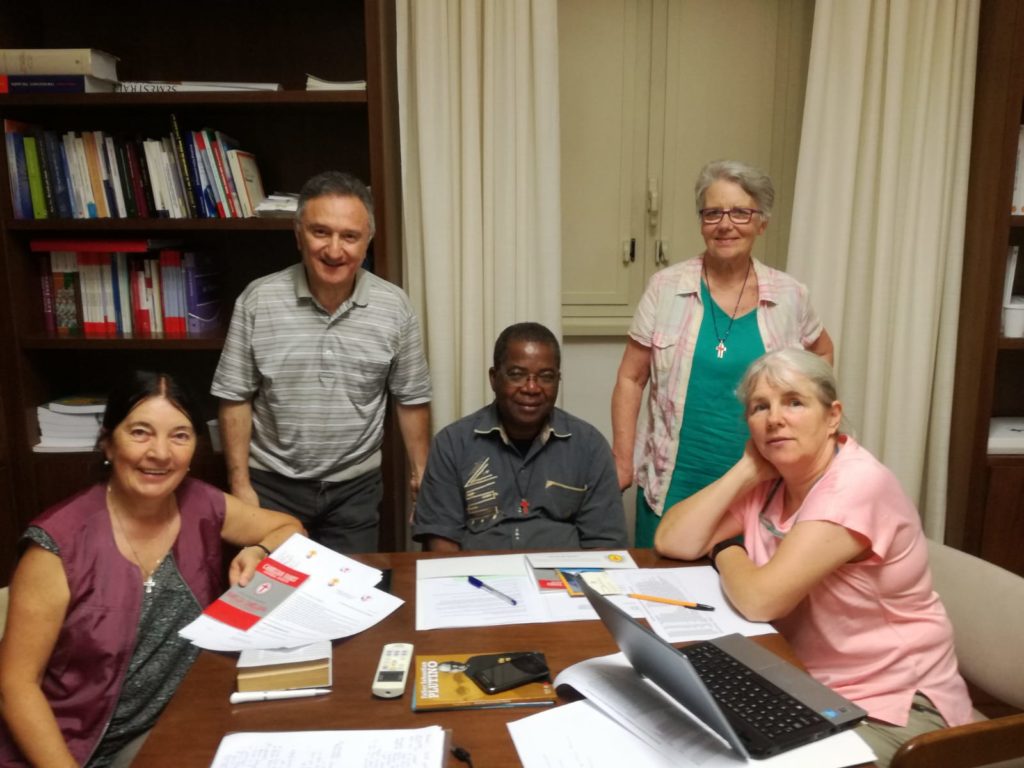
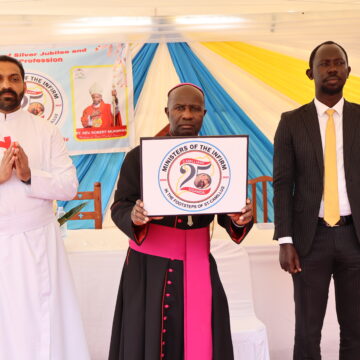
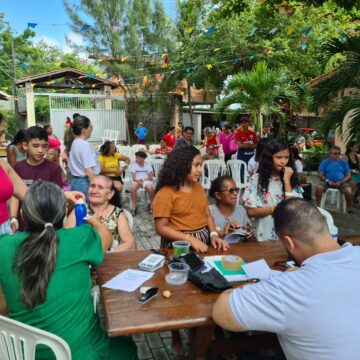

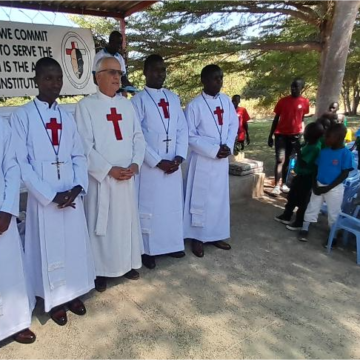
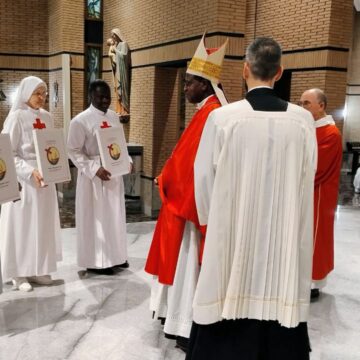

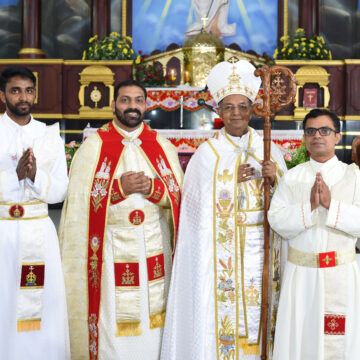
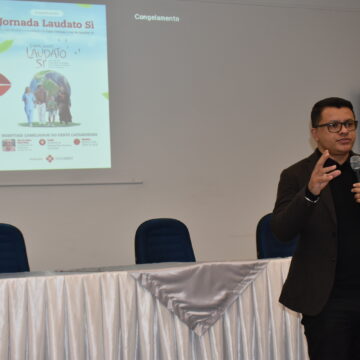


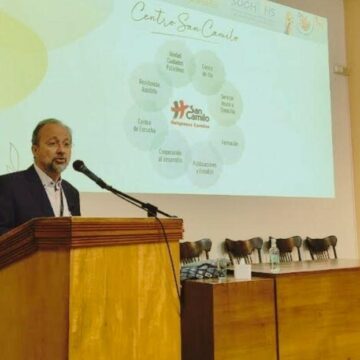

Camillians on Facebook
Camillians on Twitter
Camillians on Instagram